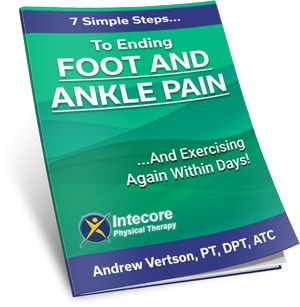Misconception #1 – “I must live with the pain” – Not true! There are a number of options to help control back pain, some of these include: light stretching and flexibility exercises, physical therapy, yoga, massage, acupuncture, over the counter medications, even meditation.
Misconception #2 – “Rest is the key to recovery from back problems” – Again, not true! Bed rest may be indicated for an acute incidence of back pain, but studies show that more than 1-2 days of rest can start to be detrimental. Excessive rest can lead to muscle atrophy (which leads to decreased spinal stability), cardiovascular deconditioning, bone loss, and blood clots to say the least.
Misconception #3 – “No Pain, No Gain” – This is a huge misconception that is fueled by commercials and professional sports. The saying is actually “Pain, No Gain!” Causing more pain can cause more damage to already compromised structures. Reducing the stress on these tissues allows for the body to start the repair process. You might need to modify activities, and exercises, to reduce the stress on these tissues.
Misconception #4 – “It’s all in my head” – Many causes of back pain are complex, involving the mind and body. For example, stress in your life can lead to increased back pain. Constant back pain can lead to depression and sleeplessness which in turn causes increased neural output from the brain. Pain is an invisible problem that others don’t see.
Misconception #5 – “Back Pain won’t happen to ME!” – Studies show that roughly 8 out of 10 people will experience some sort of back pain during the lifetime. Back pain is most common between the ages of 35 to 55 years of age, men more than women. Back pain is such a significant problem it is the second most common reason people will make an appointment with their primary care physician.
Misconception #6 – “I need an MRI to diagnose my problem” – Not true! Health professionals, including physical therapists, are trained to develop a treatment program based on a patient’s history and physical examination. A physical therapist evaluation is performed to learn the history of the condition and to determine the deficits in strength and mobility. A physical therapy program is then designed specifically for that patient to address these issues. An MRI is typically the step taken when a patient does not respond to treatments.
- What Is Gout? Why It Happens and What You Can Do About It - November 17, 2025
- 3 Essential Back-Saving Tips You MUST Know Before Any Workout - November 14, 2025
- Are You Experiencing Shoulder Pain from Sleeping Wrong? - October 21, 2025











